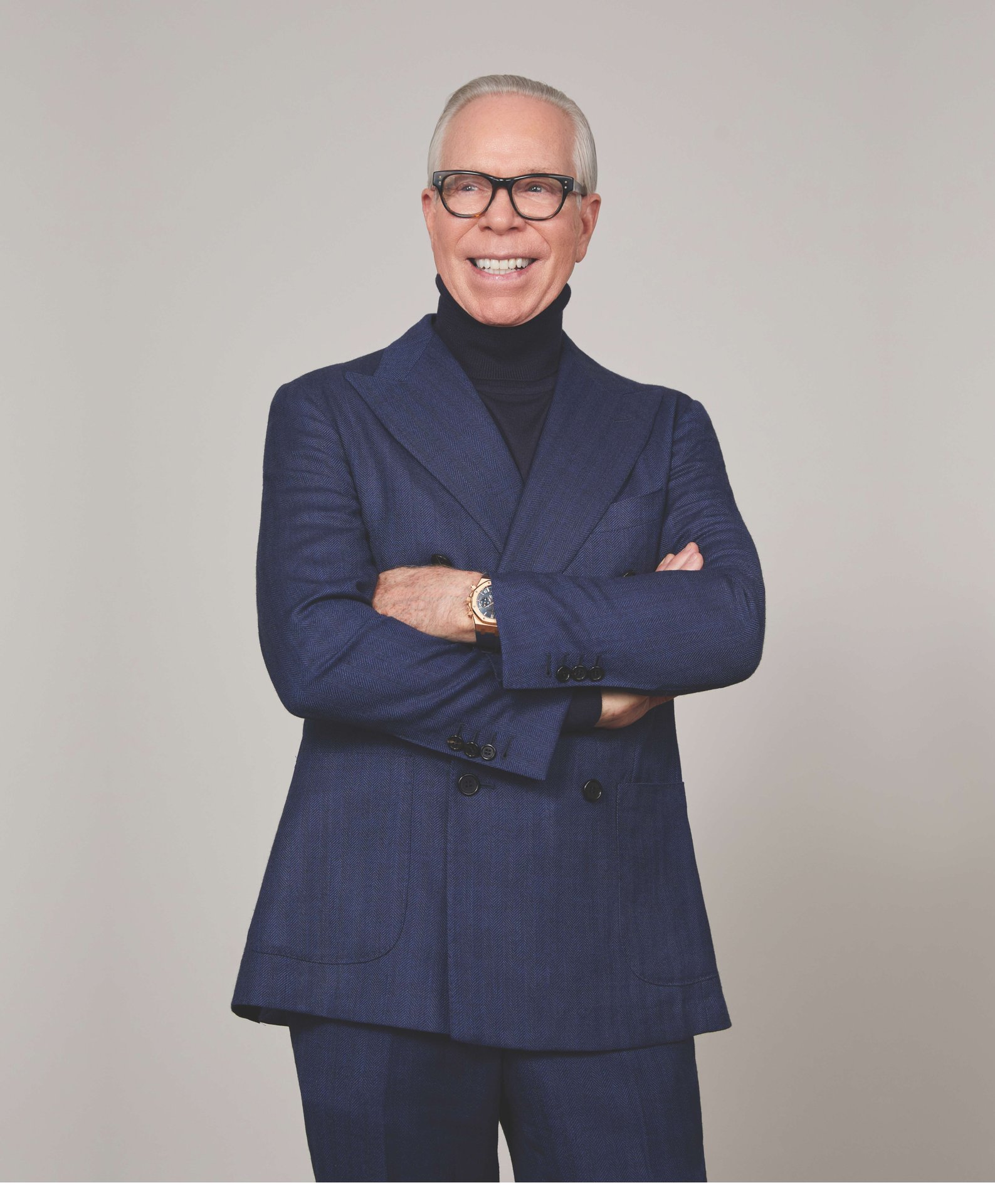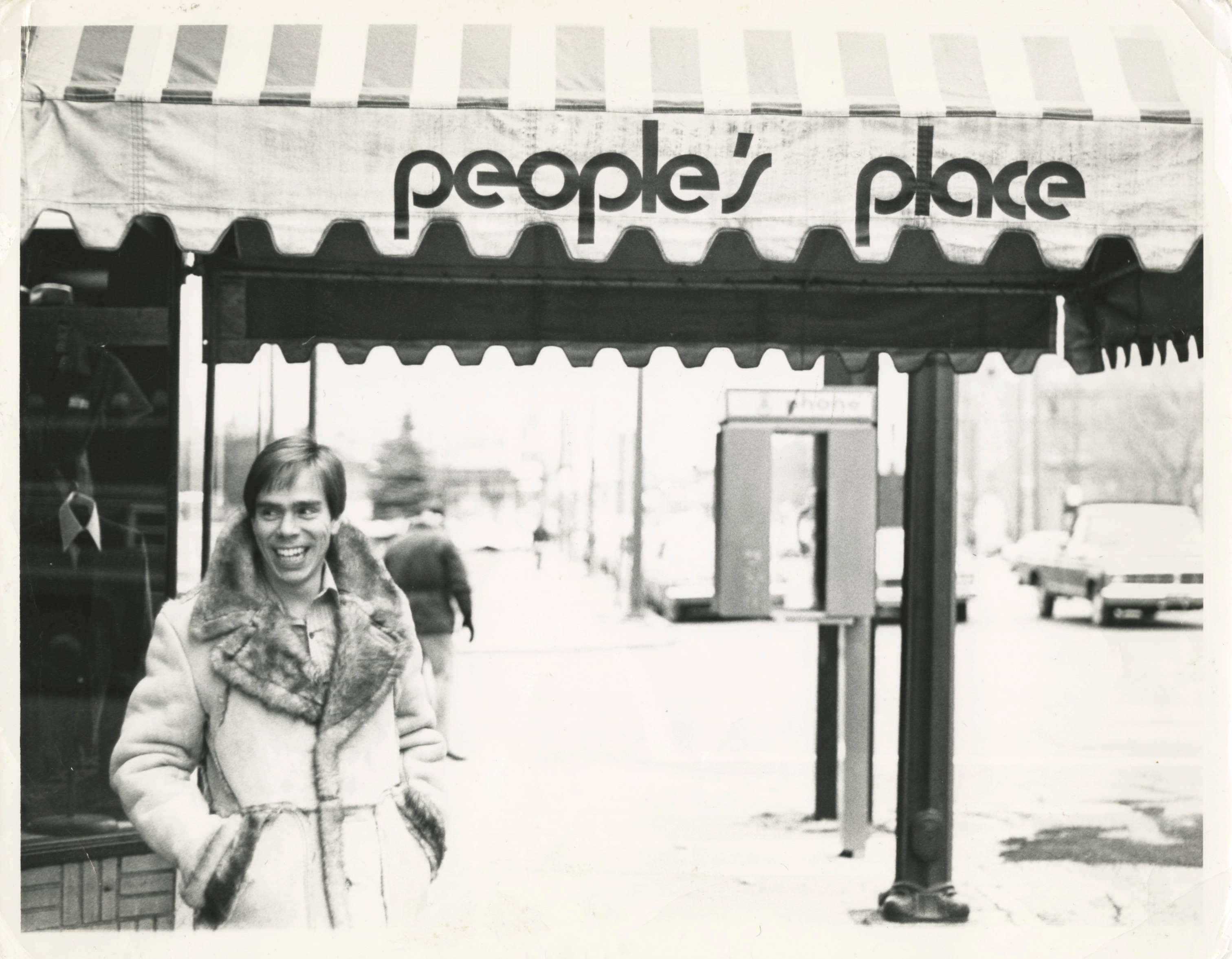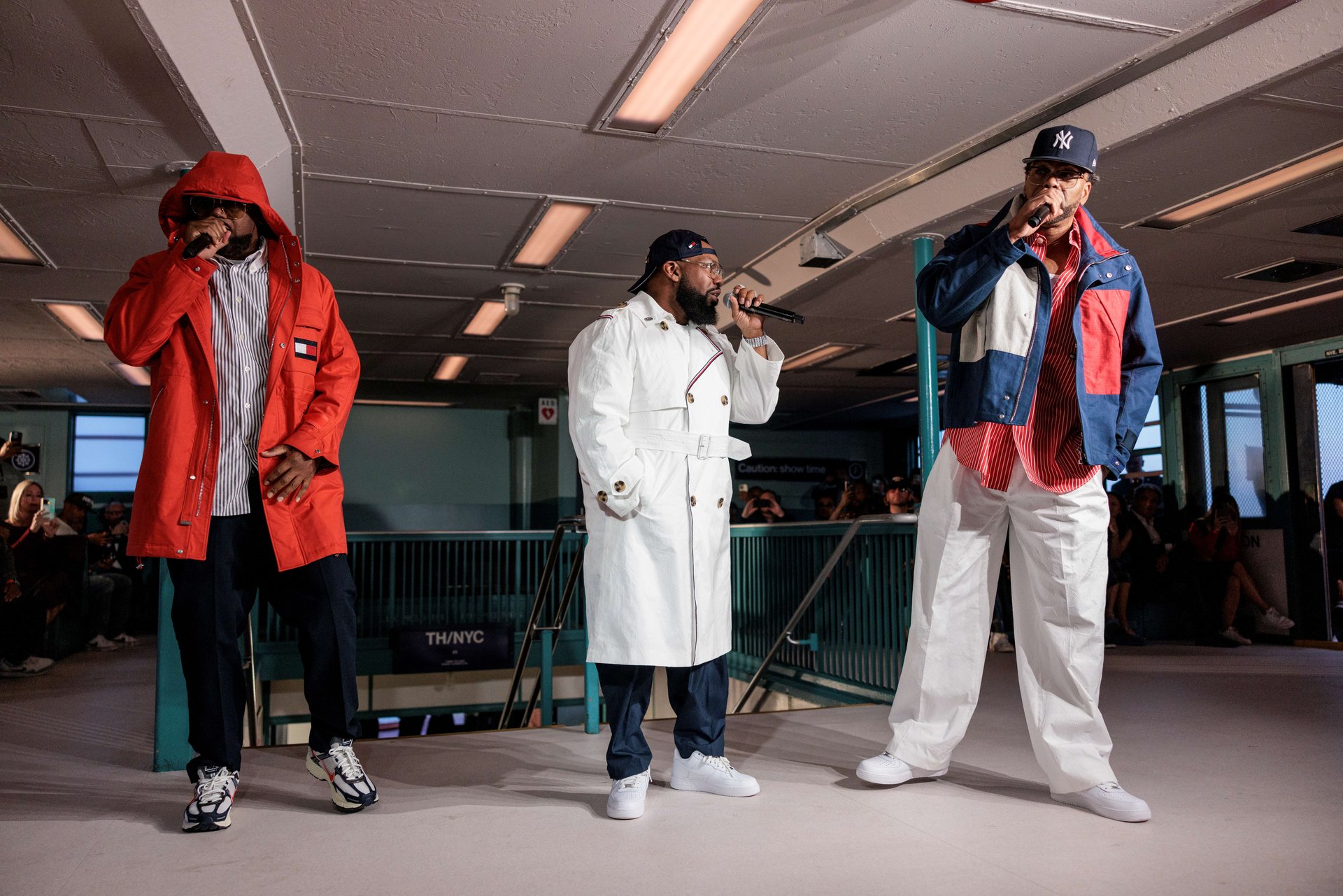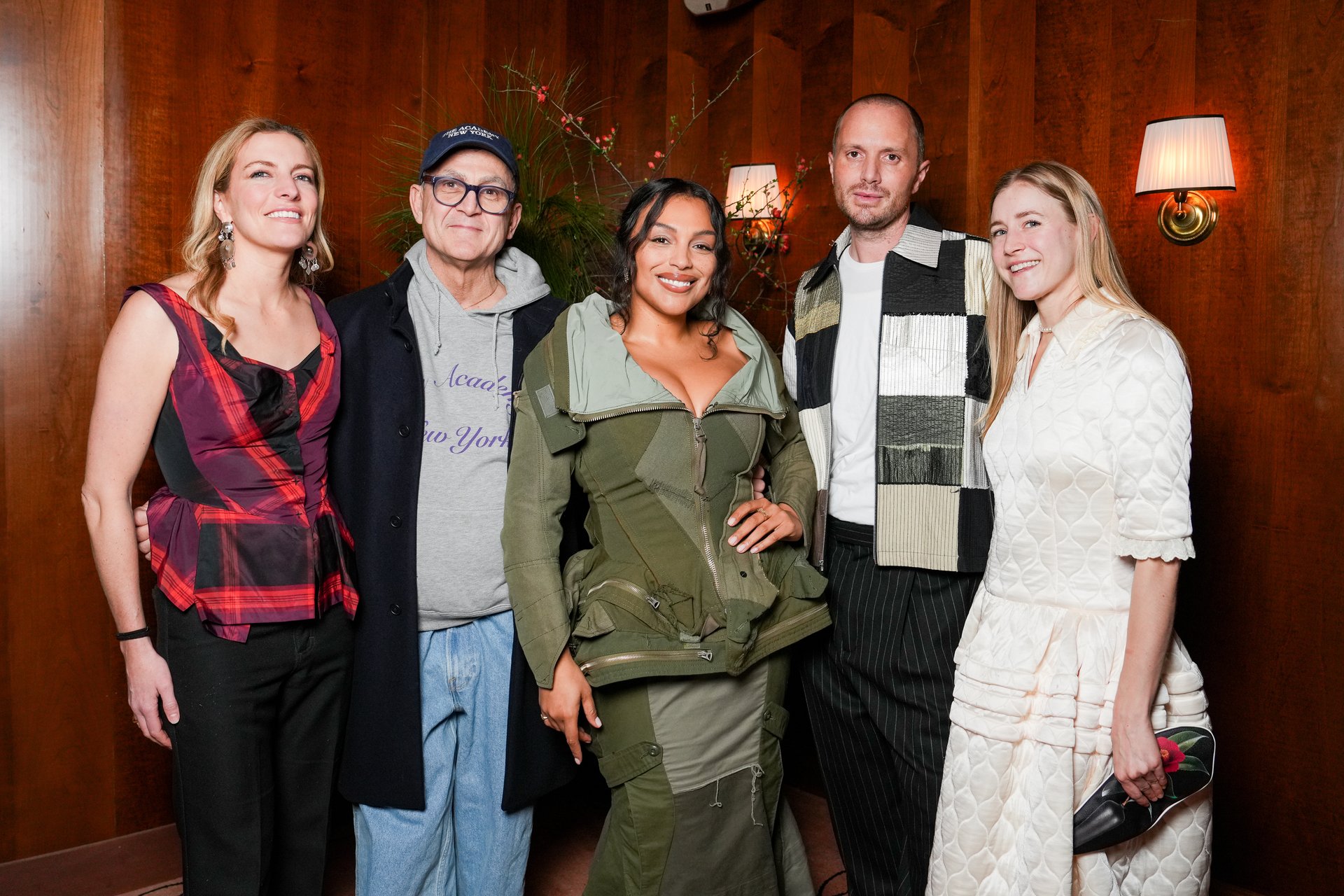When Tommy Hilfiger opened his first store, People’s Place, in his hometown of Elmira, New York, he had $150 in savings from working nights at a gas station and a dream larger than life. At People’s Place, he and his buddy sold bellbottom jeans to their community of friends. “I wanted it to be a place for people who loved fashion and music,” he recalls. That dual passion for style and culture would later define his eponymous brand, launched in 1985.
Hilfiger’s ability to blend classic Americana with contemporary cool set him apart as he drew inspiration from timeless military styles like the peacoat while pushing boundaries with bold cultural collaborations. One of the most iconic moments in his career came in 1996, when he hosted a groundbreaking runway show at London’s Natural History Museum. With Naughty by Nature performing and supermodels Naomi Campbell and Kate Moss walking the runway alongside actress Joy Bryant, the event introduced Europe to what Hilfiger describes as “America’s culture at its best.”
Aaliyah’s effortless style further cemented his brand as a ’90s streetwear staple. Introduced to Hilfiger by stylist Kidada Jones, Aaliyah embodied the Tommy Hilfiger ethos, blending oversized silhouettes with sophistication. Today, her influence remains as timeless as her look.
Pop culture remains a driving force in Hilfiger’s work, inspired by icons like Andy Warhol—whom Hilfiger calls a friend—and musical legends from Bob Dylan to Wu-Tang Clan, who reunited with the brand for a 2024 runway show.
Despite his global success, Hilfiger’s tastes remain surprisingly grounded. His favorite color is blue, his go-to wardrobe staple is the navy blazer in every possible variation, and his indulgence is Indian food, enjoyed sparingly. His hidden talent? Making his family laugh with imitations and voices. “Yes, my kids think it’s funny,” he admits with a chuckle. When asked about a fashion moment he would hope would return he has no hesitation as he says, the 70s.
Through it all, Hilfiger’s philosophy is simple: “Never give up.” It’s a mantra that propelled him from his first store in upstate New York to runways worldwide, redefining modern Americana and being what he calls “fresh and familiar.” With an enduring legacy shaped by passion, innovation, and a knack for storytelling, Tommy Hilfiger continues to stitch his name into the fabric of fashion history.









